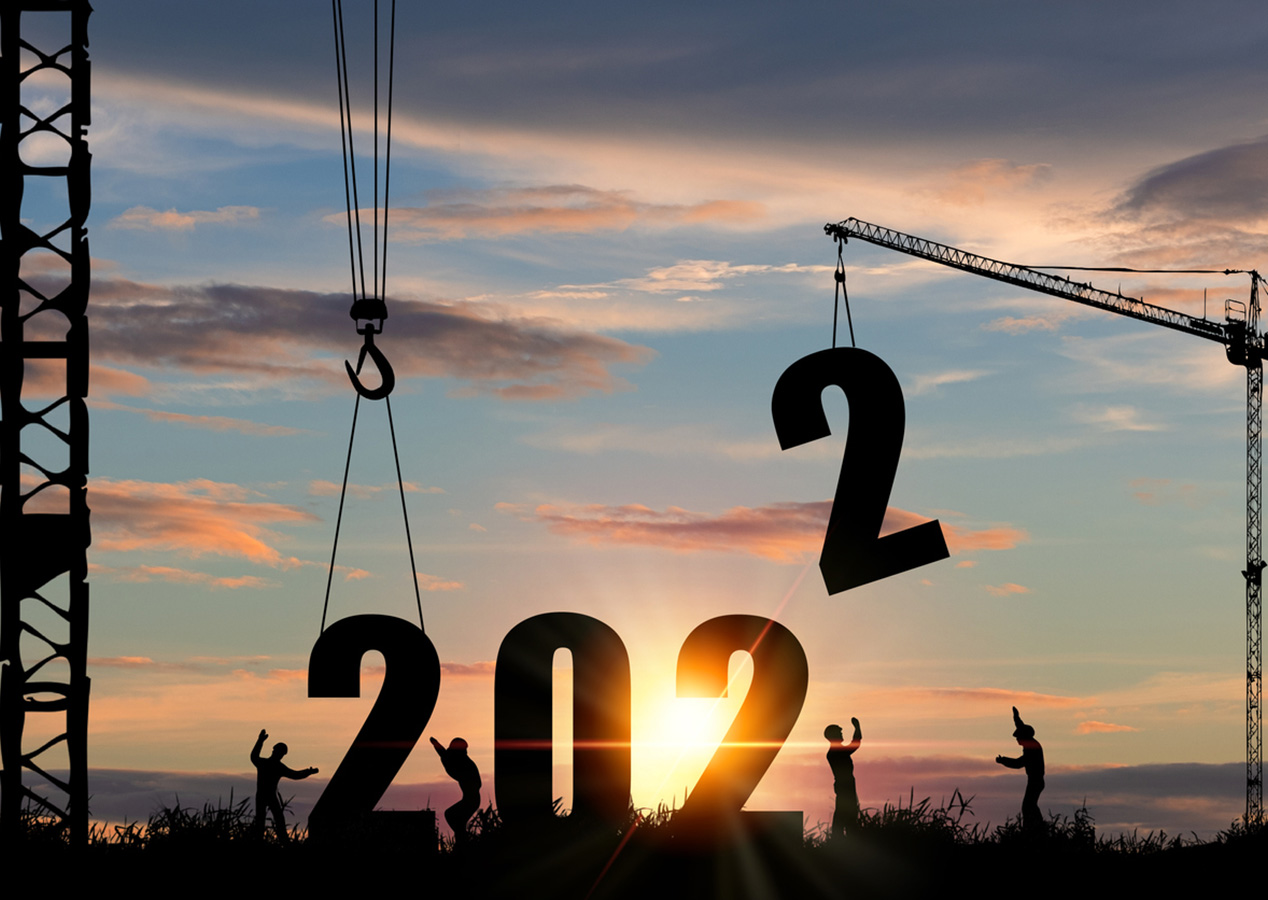7 construction industry trends for 2022 you need to know

San Juan, Puerto Rico – March 9, 2022.
As the construction industry continues to deal with some of the fallout of the COVID 19 pandemic, 2022 should be another challenging and rewarding year, one offering this critical sector of the economy numerous opportunities for growth.
Key Issues
The industry has seen a lot of changes since 2020. Many construction projects were put on hold as a result of labor shortages, lack of materials, supply chain disruptions and rising costs.
Labor Shortages
The shutdowns and quarantine mandates of 2020 led to labor shortages in many industries, including construction. A survey by the Associated General Contractors of America (AGC) and Autodesk found that 89% of construction companies are struggling to find qualified workers.
Supply Chain Disruptions: Lack of Materials, Rising Costs
The pandemic also exposed vulnerabilities in global supply chains. Supply of vital construction materials such as lumber, paint and coatings, aluminum, steel and cement has been affected, causing project delays and double-digit cost hikes. According to the AGC survey, 93% of construction companies are wrestling with rising materials prices, and 88% of have been experiencing project delays.
Industry Growth
While these problems will carry over to the coming year, construction spending is expected to continue increasing. In July 2021, spending peaked at $1.57 trillion, a record high and 12% higher than 2019 average levels, global consulting firm Deloitte recently reported. Construction starts will rise 6% in 2022 led by a 35% increase in nonresidential building starts, according to Dodge Construction Network’s latest forecast.
Looking Forward
Several factors are poised to exert the most influence on the construction industry next year. Here are seven must-watch trends that can help builders stay competitive in 2022.
1. New Construction Materials
The rising cost of materials has driven construction companies to search for new, cost-effective building materials. The use of materials such as bendable or flexible concrete (also known as engineered cementitious composite or ECC), self-healing concrete, engineered timber and transparent aluminum will increase next year.
2. More Tech & Digitalization
The pandemic has forced many construction firms to embrace technology in order counteract labor shortages, supply chain disruptions and rising materials costs. Digital tools are helping the industry increase productivity and efficiency, boost safety and reduce costs.
Drones
The popularity of drones in the construction industry will continue to spread, with more companies using them to monitor project progress, survey land, conduct safety inspections, reduce labor costs and improve jobsite security.
Artificial intelligence (AI)
Combined with other technologies—such as cloud-based software, building information management, sensors, wearables and other monitoring tools—AI enables builders to make better-formed decisions in real time. AI improves forecasting and construction management, lowers construction costs and promotes safety by analyzing images of a jobsite and identifying hazardous situations or high-risk worker behavior.
Building Information Modeling
Known as BIM, this cloud-based tool integrates multi-disciplinary data to generate and manage digital representations of the physical and functional characteristics of a built asset, including planning, schedules, cost, materials, construction and operations.
Digital Twins
A digital twin is an exact virtual model of a building project that is created using Internet of Things (IoT) technologies to capture hundreds of thousands of data points that are then processed using AI. The data can be viewed, monitored and adjusted in real time to test new ideas or make changes. Digital twins help designers, engineers and builders to improve and expedite the entire construction process.
Connected Construction
Connected construction involves deploying emerging technologies and advanced analytics software that bring people, processes, assets and job sites together on a smart, linked platform. It helps track projects, reduce downtime, and optimize asset utilization and efficiency.
Other
Self-driving vehicles, wearable sensors embedded in apparel and protective equipment and power-boosting exoskeletons are among other technologies that will gain popularity in the coming year.
3. Tackling Labor Shortages
Nothing hinders construction more than not having enough workers. The construction industry has been facing a skills gap for years, but the pandemic has made the gap wider. Labor shortages generate numerous problems, from project delays to lost bids and cancellations. Therefore, using innovative strategies to attract and retain skilled workers will be a priority for construction companies in 2022.

4. 3D printing
One of the fastest growing trends in construction is 3D printing. The technology is used to build low-income and emergency housing, create detailed construction models and make materials, building components and equipment parts. It does all this, and more, quickly and affordably, and with fewer workers and less waste than conventional methods.
5. A Greener Industry
Increasing concern for the environment and natural resources is prompting more clients to opt for sustainable, efficient buildings, especially in the commercial sector. These projects typically involve eco-friendly materials and other materials that enhance sustainability and that produce lower carbon dioxide emissions.
6. Smart, Sustainable Cities
Smart cities are tech-intensive urban developments that link people, data and city elements to improve a city’s economy, quality of life and eco-friendliness. Construction for smart cities is complex, and the cost is high, but given the positive impact on the economy and the environment, we can expect to see more of these in years to come.
7. Modular Construction
Modularization will continue to gain popularity thanks to its high quality, lower costs and reduced waste. Modular construction involves building the modules of a structure off-site and transporting them to the project’s site for assembly, saving time and money. Valued at about $82.3 billion in 2020, the modular construction market is projected to reach nearly $109 billion by 2025, global research firm MarketsandMarkets recently reported, attributing the growth to work-zone safety concerns, need for lower environmental impacts and supportive government initiatives.
For more information about these and other construction industry trends that may benefit your project, give us a call or contact us at generalcontractor@cic-pr.com.
